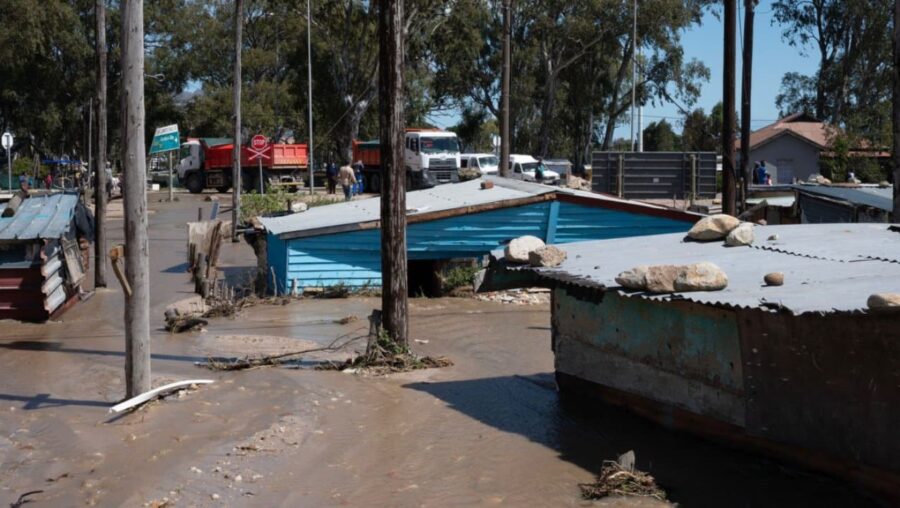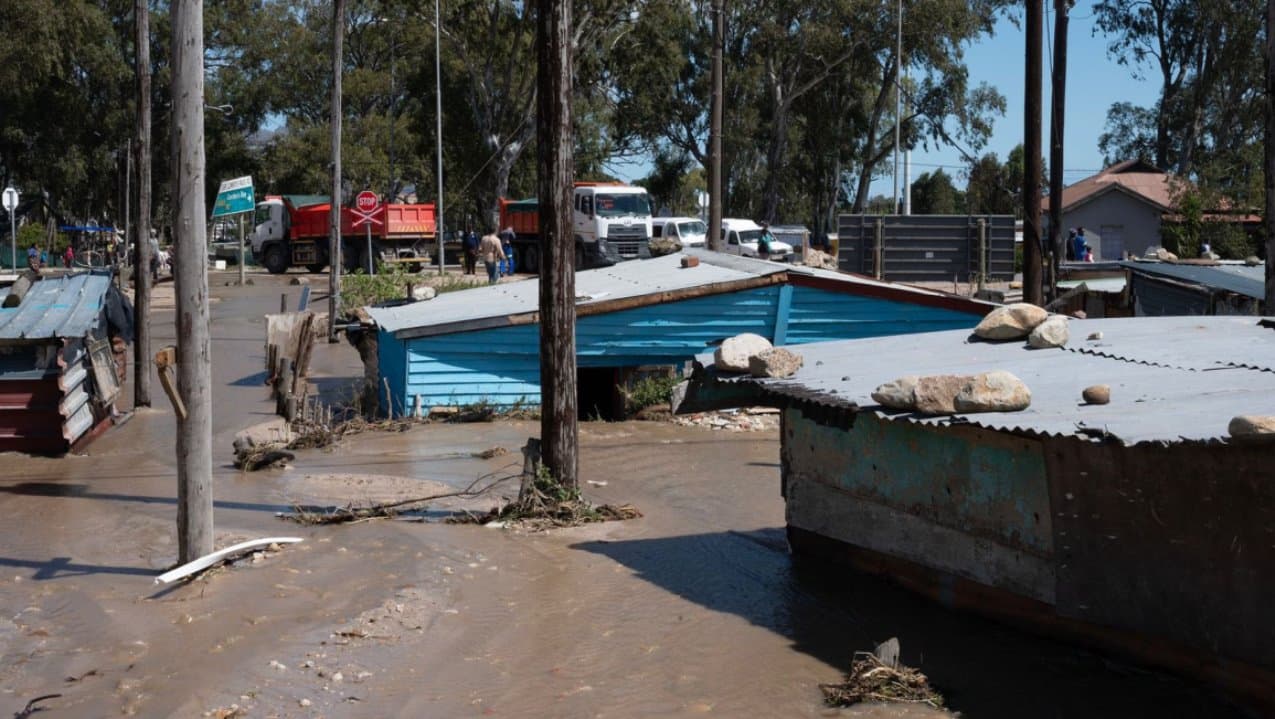
Mop-up operations continue across Western Cape
Mop up operations across the Western Cape are still underway after thousands of people and animals were affected during the storm on Sunday 24 September.

The Western Cape Provincial Government says it has been working around the clock to re-open roads and assist communities that have been badly affected by the recent heavy rains and flooding.
Giving an update on mop-up operations, Head of the Department of Infrastructure, Jacqueline Gooch, said while the province has been working around the clock to re-open the roads along with their partners, some mop-up operations are taking some time to complete due to the extent of the damage.
main routes and alternatives to main routes are being prioritised
“While main routes and alternatives to main routes are prioritised, at times, despite being a high priority, we have to wait for the flood water to subside. This is in the case where a road remains under water or where landslips have occurred. For example, both Clarence Drive and Franschhoek Pass have significant landslips and repair work cannot commence until the slips have stabilised,” Gooch said.
Gooch explained that when prioritising the road repairs, the provincial government considers the main routes and alternatives to main routes; access to communities that have been cut off completely for humanitarian relief, food and emergency services; and roads which are of economic importance, such as those needed for movement of goods/exports, among other things.
On the estimated total cost of storm damage, Gooch said the costs for repairs cannot be confirmed at this stage, until all inspections and assessments of damage have been carried out.
“It is likely to be a considerable amount, when taking into account for example among other costs the number of bridges and roads that have been completely washed away,” she said.
Gooch urged residents to pay attention to road closure signs, as they are in place for their safety.
With saturated ground, she said, water causes expansion in certain cases and when an area dries, it contracts again.
FAQS
- What is the estimated total cost of the damage caused by the storm across the province?
At this stage, costs for repairs cannot be confirmed until all inspections and assessments of damage have been carried out. It is likely to be a considerable amount when taking into account for example amongst other costs the number of bridges and roads that have been completely washed away.
- Why are some roads taking longer to re-open than others?
While main routes and alternatives to main routes are prioritised, at times, despite being a high priority, we have to wait for the flood water to subside. This is in the case where a road remains underwater or where landslips have occurred. For example, both Clarence Drive and Franschhoek Pass have significant landslips and repair work cannot commence until the slips have stabilised.
- The storm has passed and everything is drying up, why are some roads still closed?
With saturated ground, water causes expansion in certain cases and when an area dries, it contracts again. This could lead to further instability. We therefore urge residents not to disregard road closure signs – they are in place for residents’ safety.
- How does the Government decide which roads to prioritise for fixing?
The WCG takes into account the following when prioritising road repairs:
- Main routes and alternatives to main routes;
- Access to communities that have been cut off completely for humanitarian relief, food and emergency services; and
- Roads which are of economic importance, such as those needed for movement of goods/exports etc.
“While much has been done in terms of mop-up operations and responding to communities’ needs, we are still in the process of our disaster response and will be for some time. As we further inspect the road network, we are discovering additional damage to infrastructure,” Gooch said.
ALSO READ: Breaking: Mayor declares ‘major incident’ for parts of Cape Town after storm and floods
Meanwhile, the provincial government has appealed to citizens who assist displaced families with donations in the form of blankets, water, dry and non-perishable food, baby food and toiletries.
Citizens who are able to donate towards relief efforts are requested to drop off any donations at the following offices of the SA Red Cross Society:
• Wynberg: 21 Broad Road, Wynberg
• Greyton: 11 Pointers Way, Heuwelkroon, Greyton
• Hermanus: 2A Aberdeen Street, Hermanus
• Knysna: 25 Trotter Street, Knysna
The province has expressed its appreciation to all officials, including teams on the ground and partners, for hard work thus far and the work currently underway.
